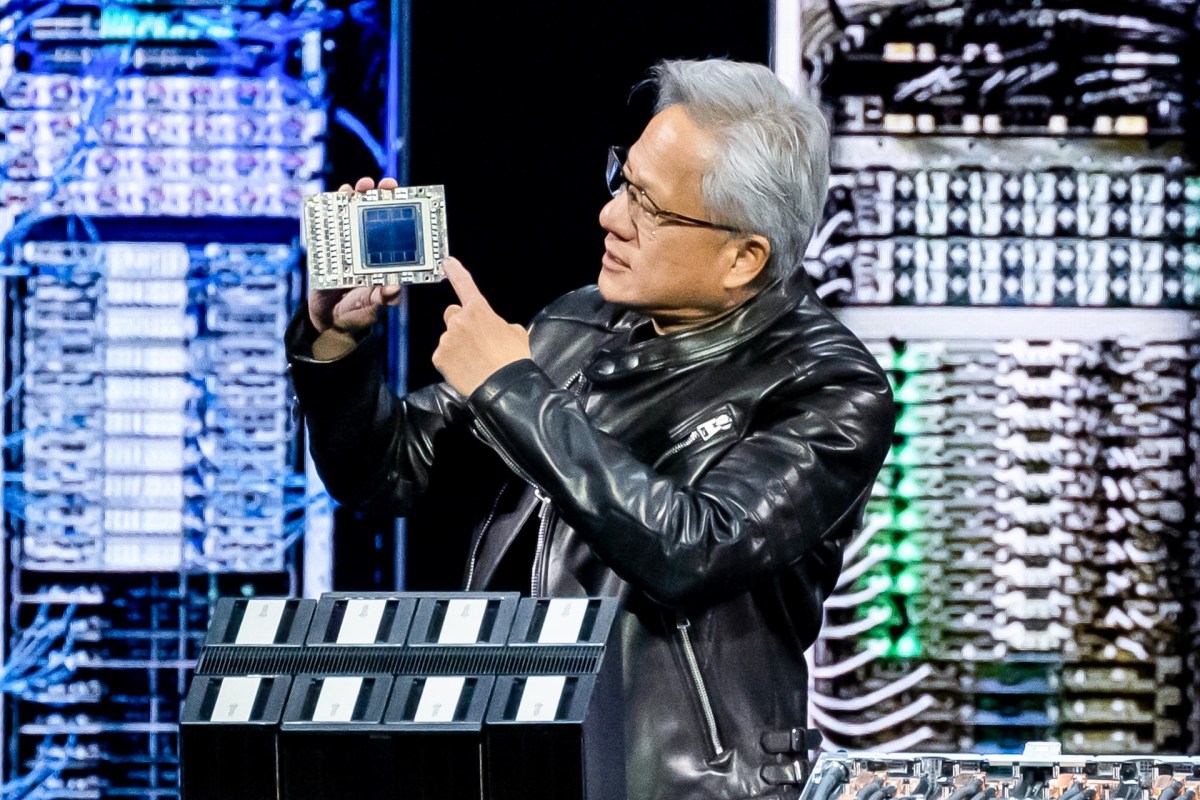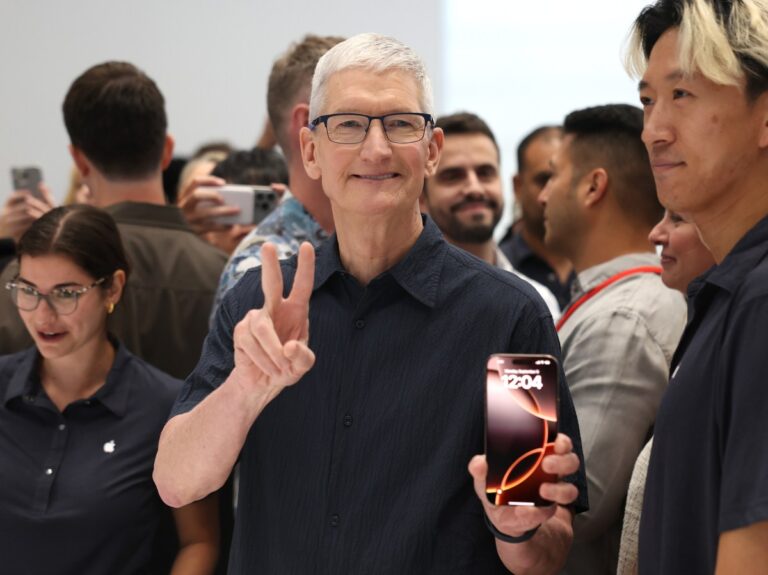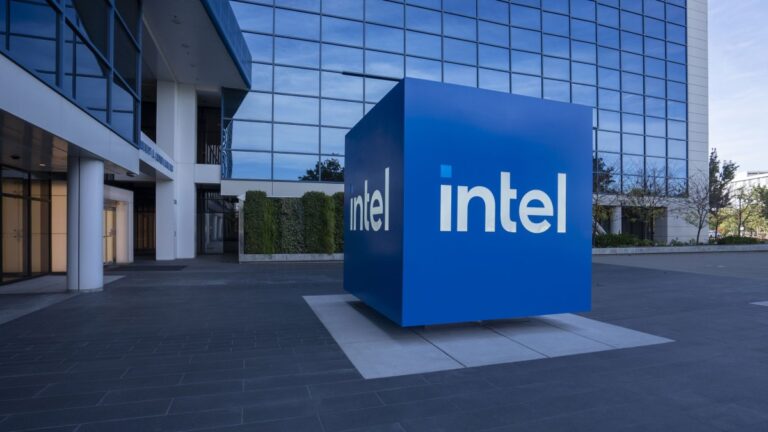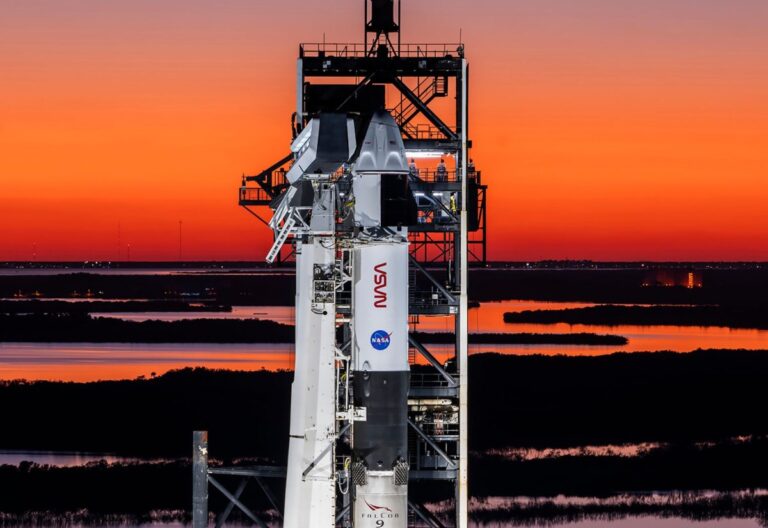How a Decade-Old AI Model Ignited Nvidia’s Bold Investment in Autonomous Vehicles
Nvidia CEO Jensen Huang delivered an engaging keynote at the GTC 2025 conference, packed with groundbreaking announcements and a fascinating history lesson. His address highlighted the profound impact of AlexNet on the world of deep learning and its pivotal role in the evolution of autonomous vehicles.
AlexNet: A Game Changer in Neural Networks
During the automotive segment of his speech, Huang discussed the significance of AlexNet, a neural network architecture that gained fame in 2012 after winning an image recognition contest. Developed by Alex Krizhevsky alongside Ilya Sutskever and Geoffrey Hinton, AlexNet achieved an impressive 84.7% accuracy at the ImageNET competition.
The Resurgence of Deep Learning
This breakthrough result reignited interest in deep learning, a critical aspect of machine learning that utilizes neural networks. Huang revealed that the success of AlexNet spurred Nvidia to fully commit to the development of autonomous vehicles.
Nvidia’s Commitment to Autonomous Driving
“The moment I saw AlexNet — and we’ve been working on computer vision for a long time — the moment I saw AlexNet was such an inspiring moment,” Huang stated during his presentation. “It caused us to decide to go all in on building self-driving cars. So we’ve been working on self-driving cars now for over a decade. We build technology that almost every single self-driving car company uses.”
Strategic Partnerships in the Automotive Sector
Nvidia has established numerous partnerships with automakers, automotive suppliers, and tech companies focused on autonomous vehicle technology. Some key collaborations include:
- Expanded partnership with General Motors
- Collaboration with Tesla and autonomous vehicle developers like Wayve and Waymo
Nvidia’s Technology in Action
Companies leverage Nvidia’s powerful GPUs for data centers and utilize the Omniverse platform to create digital twins of factories. This allows for virtual testing of production processes and vehicle designs. Major automotive brands including Mercedes, Volvo, Toyota, and Zoox are employing Nvidia’s Drive Orin computer system-on-chip, which is powered by the Nvidia Ampere supercomputing architecture. Additionally, Toyota and other manufacturers are implementing Nvidia’s safety-focused DriveOS.
The Bottom Line
Nvidia’s influence is deeply embedded within the automotive industry, particularly in the realm of automated driving. The company’s advancements continue to shape the future of transportation.
For more insights into Nvidia’s innovations and partnerships, visit their official site at Nvidia.







